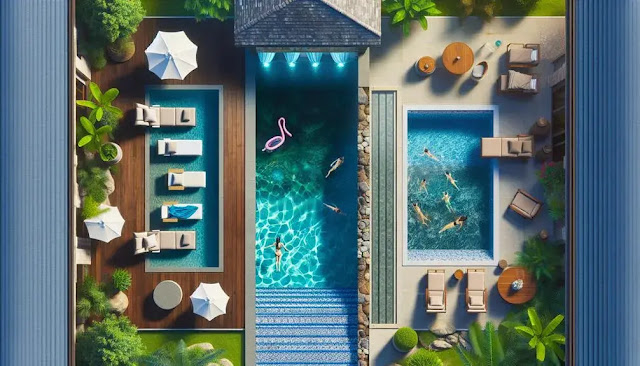Cost versus Quality: A Comprehensive Guide for Inground Pool Installers on Choosing Construction Materials
In the world of inground pool installation, understanding the delicate balance between cost and quality is crucial for both the installer and the client. There are numerous materials available for construction, each offering its own advantages, drawbacks, and cost implications. While some clients may prioritize durability and longevity, others might focus on cost-effectiveness, or a combination of both. The challenge lies in identifying the most appropriate materials that meet the client's expectations, budget constraints, and intended pool usage. This discussion aims to delve into the complexities and considerations involved in selecting pool building materials, offering insights that will be invaluable in achieving the optimal balance between cost and quality.
Assessing Pool Building Materials
When undertaking the construction of an inground pool, a thorough assessment of the available building materials is essential to ensure durability, aesthetics, and cost-effectiveness. It is crucial to carefully consider materials such as concrete, vinyl, and fiberglass, each with its distinct advantages and disadvantages.- Concrete: Although it is the most expensive option, concrete offers unmatched durability and design versatility.
- Vinyl: This material is cost-effective and comfortable underfoot but requires regular replacement to maintain its best condition.
- Fiberglass: Easy to install and maintain, fiberglass has a smooth surface; however, its design options are less customizable compared to other materials.
https://medium.com/@ingroundpool.instal/emerging-material-trends-in-inground-pool-construction-for-2024-expert-insights-4813e8ad42cc
Balancing Cost and Quality
After evaluating the various pool building materials, it is critical to strike a balance between cost and quality to ensure that your investment results in a durable and aesthetically pleasing pool. This balance requires thoughtful consideration of your budget and preferences, alongside the lifespan and maintenance requirements of the materials.- Vinyl: While being cost-effective and customizable, vinyl may not last as long as concrete or fiberglass.
- Concrete: Offers durability and versatility but demands high upkeep, which can be costly over time.
- Fiberglass: Though more expensive initially, fiberglass generally incurs lower long-term maintenance costs.

Comentarios
Publicar un comentario